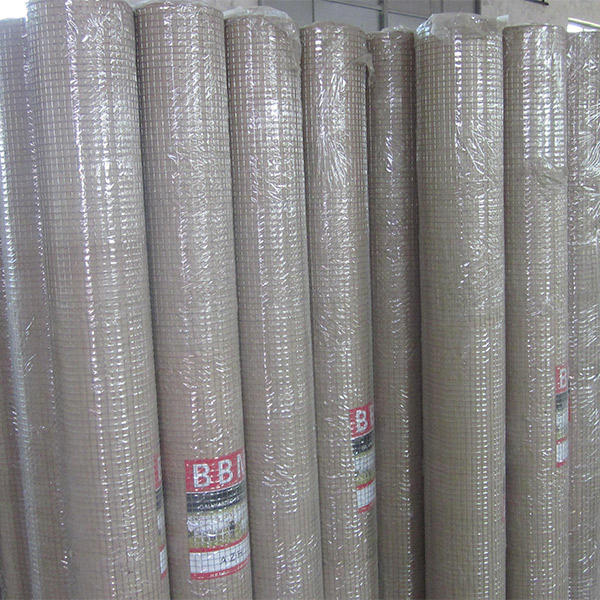Aug . 18, 2024 14:13 Back to list
China's Cold Drawn Steel Bars Market Trends and Industry Insights
Cold Drawn Steel Bars An Overview of the Chinese Market
Cold drawn steel bars are a critical material used across various industries, including automotive, construction, and manufacturing. In recent years, the demand for cold drawn steel bars has seen a noticeable increase in China, driven by rapid industrial growth and advancements in technology. This article explores the characteristics, manufacturing process, applications, and market dynamics of cold drawn steel bars in China.
Characteristics of Cold Drawn Steel Bars
Cold drawn steel bars are produced through a process that involves pulling heated steel through a die at room temperature, which results in a refined product with superior mechanical properties. This method not only enhances the dimensional accuracy of the bars but also improves their surface finish. The cold drawing process increases strength and hardness while reducing the bar's cross-sectional area. Consequently, cold drawn bars exhibit better ductility and yield strength compared to their hot-rolled counterparts.
Manufacturing Process
The manufacturing of cold drawn steel bars begins with hot rolling the steel into bars of varying sizes. The hot-rolled bars are then cooled and undergo a series of processes, including cleaning, annealing, and the actual cold drawing. During cold drawing, a die is utilized to elongate the bar while maintaining its uniformity. Additional processes such as straightening and cutting are performed to achieve the desired dimensions. Quality control measures are essential throughout the manufacturing process to ensure that the final products meet industry standards and client specifications.
Applications of Cold Drawn Steel Bars
china cold drawn steel bar

Cold drawn steel bars are utilized in a myriad of applications due to their strength, durability, and versatility. The automotive industry, for instance, has been a significant consumer, using these bars for components such as axles, shafts, and fasteners. In construction, cold drawn steel bars are employed for reinforcement in concrete structures, as their high tensile strength can withstand heavy loads and resist deformation. Additionally, the manufacturing sector uses cold drawn bars for gears, precision machined components, and various other applications where dimensional accuracy and material strength are critical.
Market Dynamics in China
China has emerged as one of the largest producers and consumers of cold drawn steel bars globally. The country's rapid economic development and expansion of infrastructure projects have fueled this demand. Furthermore, key government initiatives aimed at modernizing manufacturing and promoting high-quality steel production have contributed to the growth of the cold drawn steel bar market.
Despite the robust demand, the market faces challenges, including fluctuating raw material prices and environmental regulations. Steel manufacturers in China are increasingly focusing on sustainable practices and investing in technological advancements to enhance production efficiency. The shift towards automation and Industry 4.0 is expected to play a pivotal role in optimizing the production processes of cold drawn steel bars, ensuring quality while minimizing costs.
Conclusion
Cold drawn steel bars are indispensable in various industries, and China's market is poised for continuous growth fueled by industrial expansion and infrastructure development. As manufacturers adapt to new technologies and shift towards sustainable practices, the cold drawn steel bar segment will likely see innovation that enhances product quality and performance. In the coming years, stakeholders within this sector must remain agile, addressing challenges while capitalizing on the burgeoning demand to maintain competitiveness. This industry not only plays a crucial role in China's economic landscape but also sets benchmarks for global steel production standards.
-
Hot Dipped Galvanized Steel Grating Durable & Corrosion-Resistant Solutions
NewsMay.31,2025
-
Plastic-Coated Hexagonal Wire Mesh Manufacturer Durable Solutions
NewsMay.31,2025
-
Reinforced Concrete Expanded Metal Mesh Suppliers & Factories High-Strength
NewsMay.31,2025
-
Galvanized Steel Wire High-Strength, Rustproof Material & Suppliers
NewsMay.30,2025
-
1 Inch Hexagonal Wire Mesh Heavy-Duty Factories & Suppliers
NewsMay.30,2025
-
Green PVC Coated Wire Durable, Weather-Resistant Electrical Solutions
NewsMay.30,2025

